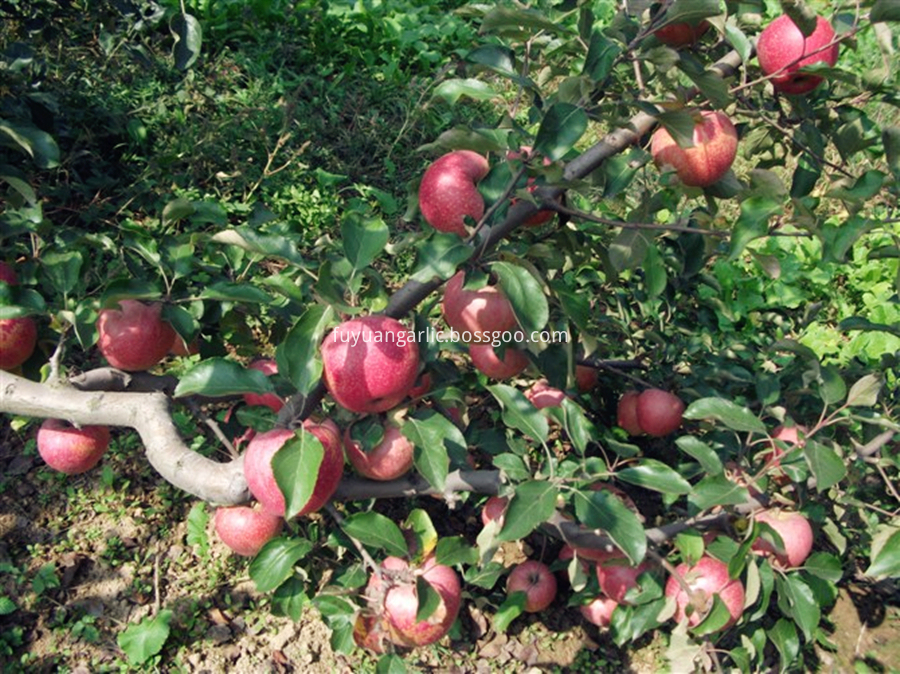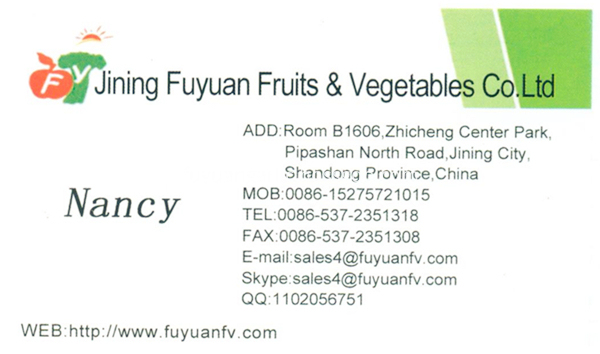No less than the fetal sheep's placental clothing is the disease that the ewes still can't be discharged after 6 hours. Ewes lack of exercise late in pregnancy, feed a single, poor quality, the lack of minerals, vitamins, trace elements, etc., ewes thin or too fat, the fetus is too large, dystocia and midwifery in the process of improper operation and other factors, can cause uterine flaccid , Shrinking fatigue, placental clothing does not occur.
In cases where the placenta is no less than the diseased sheep, it is often the case that the sheep suffers from loss of appetite, loss of appetite, lack of spirit, lying in the ground, increased body temperature, and rapid breathing and pulse. The long-term retention of the tire-bearing garments can lead to corruption, and the filthy red, stinky liquid that flows out of the vulva, is mixed with gray, unspoiled tires. When all the placenta does not fall, part of the placenta is exposed from the vulva to the ankle joint of the hindlimb.
The following measures can be taken for the treatment of ewes following the birth-residual clothing: After the confinement of the ewes no more than 24 hours after delivery, they can be injected intramuscularly with pituitrin injection, oxytocin injection or ergotine injection 0.8-1 ml. If you do not work 72 hours after treatment, surgery should be performed immediately.
First Baoding the diseased sheep, wash the vulva with the disinfecting solution and the placental clothing, then rinse with the citric acid alcohol solution, disinfect the surgeon's arm, and apply the disinfectant ointment so as not to bring the pathogen into the uterus. In one hand, the surgeon holds the placenta outside the vulva of the diseased sheep and pulls it slightly outward. The other hand stretches into the uterus along the surface of the placenta. The index finger and the middle finger can be used to clamp the villi around the placenta. At the peripheral edge, after peeling for half a week, the hand is turned back to the back of the hand to reverse the chorion and pull it out of the sinus and separate from the mother's placenta. The tip of the uterine horn is difficult to be peeled off, and often the uterine horn retreats and then peels off after reflex. Finally in the uterus infusion of antibiotics or antiseptic liquid, such as oxytetracycline 2 grams dissolved in 100 ml of normal saline, into the uterine cavity; or infusion of 0.2% procaine solution 30 to 50 ml.
If the long-term retention of the placenta, severe postpartum sepsis often occurs. The characteristic is that the ewe's body temperature rises, appetite disappears, and rumination stops; the pulse is fine and fast, and the breathing is quick and shallow; the skin is cold (especially at the ears, breasts, and corner bases); the filthy brown odor liquid flows from the vulva. When this happens, the following treatments should be performed as soon as possible: (1) Intramuscular antibiotics: 400,000 units of penicillin, once every 6-8 hours; 1 gram of streptomycin, once every 12 hours. (2) Intravenous injection of tetracycline: Four hundred thousand units of tetracycline were injected into 100 ml of 5% glucose injection twice a day. (3) Rinse the uterus with 1% cold salt water, drain the saline, and inject 100,000 units of penicillin and 1 gram of streptomycin into the uterus once daily until it is cured. (4) 300 ml of 10% to 25% glucose injection, 10 ml of 40% urotropin, intravenously, 1 to 2 times a day until healed. (5) symptomatic treatment, such as giving stomachic acid, laxatives, cardiac agents.
The prevention of ewes need not perform the following work: (1) Strengthen the feeding and management of pregnant ewes, pay attention to the supplement of calcium, phosphorus, vitamin A and vitamin D in the diet, increase the light, and do not feed too much in the five days before the birth Concentrate feed. (2) Shepherd-fed ewes should be appropriately increased in exercise and actively prevent and treat brucellosis. (3) Keep the pens and delivery room clean and hygienic, sterilize vulva vulva and around the ejaculation before and after labor; keep the environment clean and quiet during delivery; let the ewe dry the lamb's body after delivery, and let the lamb feed or squeeze it as soon as possible. Milk to prevent and reduce the occurrence of placenta does not occur.
Gansu province and Shanxi province are main production area of Qinguan apple. As for the Qinguan apple:Red Color 90% & up, could be packed in blush color and stripe color,smooth and shinning skin, with yellow and white color flesh, sweet and crisp,high sugar content and fragrant.The harvest season of Qinguan apple is in September.The fresh season of Qinguan apple from September to Octomber,Cold-storage season is from October to May next year.
Type: Qianguan apple
Style: Fresh
Size: 80#/88#/100#/113#/125#/138#/150#
Grade: class A
Package: Inner package + outer carton, bag
Color: red color 90% and up
Fresh season: September-Octomber
Supplying time: October to May next year
Crop:2017
place of origin: Gansu or Shanxi
Taste: sweet and juicy, crisp
payment: T/T, LC

If you need about it,please feel free to contact me,which is contact information as below.

Fresh Qinguan Apple,Red Fuji Apple,Delicious Apple,Red Delicious Apples
Jining Fuyuan Fruits And Vegetables Co., Ltd. , https://www.fuyuanfv.com
